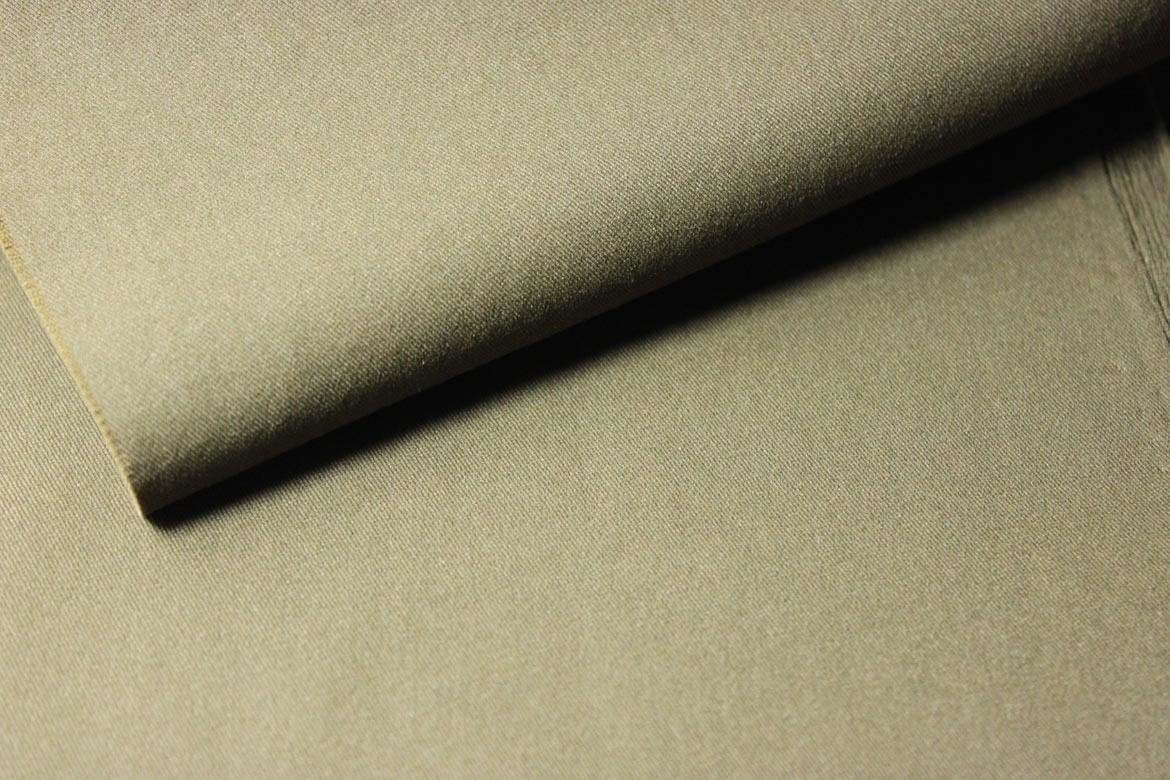Properties of recycled polyester
Recycled polyester is generally milky white and mercerized. Matting agent TiO2 should be added to produce matte products before spinning, whitening agents should be added to pure white products, and pigments or dyes should be added to the spinning melt to make colored yarns. Surface and cross-sectional shape of recycled polyester. The surface of traditional polyester fiber is smooth and the cross section is approximately circular. If a special-shaped spinneret is used, it can be made into triangular, Y-shaped, hollow and other special-shaped cross-section fibers. When pet is completely amorphous, the density is 1.333 g/cm3. When fully crystallized, it is 455G/cm3. Generally speaking, polyester has a higher degree of crystallinity and a density of 1.38-1.40g/cm3, which is similar to wool.
Recycled polyester is generally milky white and mercerized. Matting agent TiO2 should be added to produce matte products before spinning, whitening agents should be added to pure white products, and pigments or dyes should be added to the spinning melt to make colored yarns. Surface and cross-sectional shape of recycled polyester. The surface of traditional polyester fiber is smooth and the cross section is approximately circular. If a special-shaped spinneret is used, it can be made into triangular, Y-shaped, hollow and other special-shaped cross-section fibers. When pet is completely amorphous, the density is 1.333 g/cm3. When fully crystallized, it is 455G/cm3. Generally speaking, polyester has a higher degree of crystallinity and a density of 1.38-1.40g/cm3, which is similar to wool.
Under standard conditions, the moisture regain of polyester is 0.4%, which is lower than that of nylon. The results show that recycled polyester has low hygroscopicity, little decrease in wet strength, good washing and abrasion resistance of the fabric, but serious electrostatic phenomenon during processing and wearing, and poor air permeability and hygroscopicity of the fabric. Thermal properties: the softening point t is 230-240°C, and the melting point TM is 255-265°C. Recycled polyester burns in a fire, curls and melts into beads with a black smoke and aroma. Lightfastness: Its lightfastness is second only to acrylic. The light resistance of polyester fiber is related to its molecular structure. The recycled polyester fiber has a strong absorption band in the 315nm light wave region. When exposed to sunlight, the strength of recycled polyester fibers is only 600 hours, similar to cotton fibers.

Electrical properties: polyester has low hygroscopicity and poor electrical conductivity. The dielectric constant is 3.0 to 3.8 in the range of -100 to +160°C. It is a good insulator. Mechanical properties: high strength: dry strength is 4-7cn/DEX, wet strength decreases. The elongation is moderate, between 20% and 50%. High modulus: Among the large varieties of synthetic fibers, the initial modulus of recycled polyester is high, up to 14-17gpa, which makes the recycled polyester fabric dimensionally stable, stable in deformation, wrinkle-resistant and durable.
Good toughness: The elasticity of recycled polyester is close to that of wool. When the elongation is 5%, almost complete recovery can be achieved after unloading. Therefore, the wrinkle resistance of recycled polyester fabrics is better than that of other fiber fabrics. Abrasion resistance: Its abrasion resistance is second only to polyamide fibers, higher than other synthetic fibers, and the abrasion resistance is basically the same. Chemical stability: The chemical stability of recycled polyester mainly depends on the molecular chain structure. In addition to poor alkali resistance, polyester also has good alkali resistance in other tests. Acid Resistance: Acids are very stable to recycled polyester.
Regenerated polyester fiber has no strength loss after soaking in 5% hydrochloric acid solution at 100℃ for 24h or 70% sulfuric acid solution at 40℃ for 72h, but it cannot resist the long-term effect of concentrated nitric acid or concentrated sulfuric acid at room temperature. Alkali resistance: The ester group on the polyester macromolecule is easily hydrolyzed by alkali. Under the interaction of concentrated alkali and dilute alkali at room temperature, the recycled polyester fiber will be damaged. Dilute or weak bases are stable at low temperatures. Solvent resistance.
Previous page
previous page
Related information




